Literary rating: ★★★½
Kick-butt quotient: ☆☆
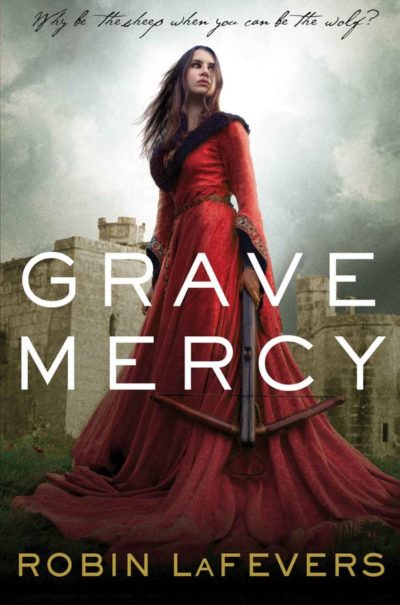 This works rather better as historical fiction than an action novel, and is set in the late 15th century, when the province of Brittany was fighting to remain independent from France. Such high-level political machinations are far above the heads of most inhabitants, who are busy with everyday survival. At the beginning of the book, this includes the heroine, 17-year-old Ismae, who is more concerned about her upcoming, unwanted marriage – more of a sale by her father, to be honest – to a brutal husband. Rescue comes in an unexpected form, as she is whisked away to the Convent of St. Mortain, devoted to one of the pagan gods, absorbed into the Catholic faith as a saint. Mortain’s field is death, and Ismae, who has a natural immunity to poison, is trained in his dark arts. She becomes a tool used by the Mother Superior – albeit for political ends as much as religious ones.
This works rather better as historical fiction than an action novel, and is set in the late 15th century, when the province of Brittany was fighting to remain independent from France. Such high-level political machinations are far above the heads of most inhabitants, who are busy with everyday survival. At the beginning of the book, this includes the heroine, 17-year-old Ismae, who is more concerned about her upcoming, unwanted marriage – more of a sale by her father, to be honest – to a brutal husband. Rescue comes in an unexpected form, as she is whisked away to the Convent of St. Mortain, devoted to one of the pagan gods, absorbed into the Catholic faith as a saint. Mortain’s field is death, and Ismae, who has a natural immunity to poison, is trained in his dark arts. She becomes a tool used by the Mother Superior – albeit for political ends as much as religious ones.
After a couple of training missions, the main thread of the book is her presence at the court of the young Duchess of Brittany, where she is sent as the “cousin” to her adviser, Duval. Quotes used advisedly, since the general assumption is that she’s Duval’s mistress. Know I mentioned “high-level political machinations” in the previous paragraph? Cue these, in spades, as the future of Brittany hinges largely on to whom the Duchess is married. [It was only right at the end that I realized the Duchess had barely turned thirteen, rendering some of the previous events significantly more creepy] There are any number of factions, each with their own agenda, and willing to go to any lengths to make sure they’re achieved; figuring out and negotiating the maze of loyalties and deception is no easy matter.
By coincidence, I read this not long after The White Queen by Phillipa Gregory, which depicts events in a similarly chaotic period, just across the English Channel and around the same time. That didn’t have enough action to qualify here, but did get me in the appropriate Middle Ages mindset. It did share a supernatural element, with its heroine being able to affect the weather, for example. Here, Ismae’s main talent is her ability to see the mark of Mortain on those the saint has targeted for death. But this is problematic when it conflicts with the instructions given to her by the Mother Superior, and the main thrust of the heroine’s development is her transition away from an indoctrinated cult-head, as she realizes she might be being manipulated and used, almost as much as in her peasant days.
Part of this is – and you can insert a heavy sigh, complete with eye-rolling here – her blossoming feelings for Duval. It’s clear, virtually from the first time he appears, that he is the Designated Love Interest, and it’s only a matter of time before our hard-nosed assassin will inevitably be making googly eyes at him. It’s certainly the case that, once she and he arrive at the castle, the action largely grinds to a halt, being replaced by much skulking around and eavesdropping on other people’s conversations. There’s much more suspicion than assassination, outside of one incident at the banquet, where she saves the Duchess from violent death at the hands of a mime – okay, it’s more one of a strolling troupe of players, but I find the idea of a killer mime just too amusing to discard. [Also: while Ismae does wield a crossbow, it’s considerably smaller than the one pictured on the cover!]
I did like the meshing of old and new religious beliefs, and must confess, this certainly didn’t feel like a 550-page tome [one advantage of e-books is their lack of weight!], since I ripped through it in not much more than a week, which is lightning fast by my standards. But the book did suffer from incomplete subplots, such as the psycho fellow novitiate, who is also present in the Duchess’s castle, only to vanish entirely from the story without explanation. Perhaps this is something which will be explained in a future installment. Having paid 99 cents for this on special offer, I guess I can’t complain; but I likely wouldn’t be inclined to pay the $9.99 currently being demanded for the second part of the trilogy.
Author: Robin LaFevers
Publisher: Houghton Mifflin Harcourt, available through Amazon, both as a printed book and an e-book.
Here’s the trailer. Yep, TIL that books nowadays have trailers…






 “A cleaved head never plots.”
“A cleaved head never plots.” Gilbert follows the factual account of events in the sagas faithfully (even including the two conversations I find suspect). But she fleshes out the picture with a more sympathetic vision, and a broader reconstruction of a plausible context, that gives us a very different picture of what (may have) actually happened on the Vineland coast a thousand years ago. The Freydis who emerges here isn’t an evil harridan, and isn’t psychotic. What she is is a tough-as-nails young woman who’s the product of a society that puts a premium on physical courage and fighting ability, who’s had to fight tooth and nail for anything she’s ever gotten, who didn’t feel loved as a child, never knew her birth mother, and doesn’t show love or give trust very easily, a female warrior (in her culture, that wasn’t a contradiction in terms) who killed men in combat while she was still in her teens, who doesn’t readily take orders from any man, woman, or deity, and who isn’t a total stranger to the effects of the special kind of dried mushrooms imbibed by Viking “berserkers” –which are as potent as modern-day “angel dust,” and just as dangerous. She’s also a smart, competent woman (it says something that she’s the expedition leader here, not her husband) with principles as strong as steel, and deep reserves of love and loyalty. And like all of us, she’s a woman on a spiritual journey … which might not end where it began. In real life, the Vikings of succeeding generations never forgot her. Modern readers probably won’t, either.
Gilbert follows the factual account of events in the sagas faithfully (even including the two conversations I find suspect). But she fleshes out the picture with a more sympathetic vision, and a broader reconstruction of a plausible context, that gives us a very different picture of what (may have) actually happened on the Vineland coast a thousand years ago. The Freydis who emerges here isn’t an evil harridan, and isn’t psychotic. What she is is a tough-as-nails young woman who’s the product of a society that puts a premium on physical courage and fighting ability, who’s had to fight tooth and nail for anything she’s ever gotten, who didn’t feel loved as a child, never knew her birth mother, and doesn’t show love or give trust very easily, a female warrior (in her culture, that wasn’t a contradiction in terms) who killed men in combat while she was still in her teens, who doesn’t readily take orders from any man, woman, or deity, and who isn’t a total stranger to the effects of the special kind of dried mushrooms imbibed by Viking “berserkers” –which are as potent as modern-day “angel dust,” and just as dangerous. She’s also a smart, competent woman (it says something that she’s the expedition leader here, not her husband) with principles as strong as steel, and deep reserves of love and loyalty. And like all of us, she’s a woman on a spiritual journey … which might not end where it began. In real life, the Vikings of succeeding generations never forgot her. Modern readers probably won’t, either.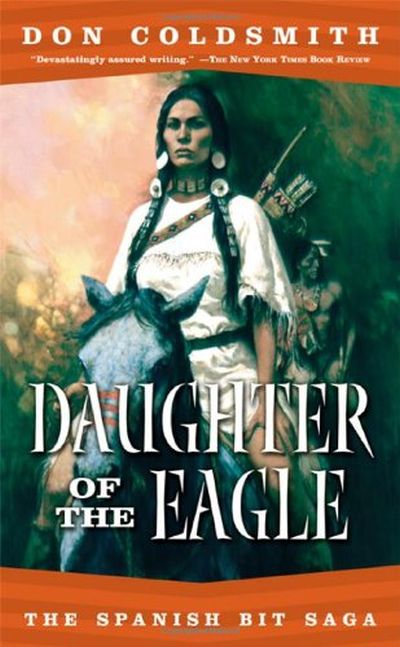
 Disclaimer at the outset: I haven’t read this novel from cover to cover. Seven years ago, I read the prologue and first three chapters; this time around, I read the first seven (re-reading the ones I’d read before), and skimmed the last ten and the epilogue –though I skimmed very thoroughly, taking about three hours and absorbing all of the major plot points. I feel qualified to give it a fair rating and review; but the level of bad language and grungy sexual content, blended with the tedious prose style and the wall-to-wall cynicism of the author’s literary vision (if we can call it that) made this too distasteful to read word-for-word any further.
Disclaimer at the outset: I haven’t read this novel from cover to cover. Seven years ago, I read the prologue and first three chapters; this time around, I read the first seven (re-reading the ones I’d read before), and skimmed the last ten and the epilogue –though I skimmed very thoroughly, taking about three hours and absorbing all of the major plot points. I feel qualified to give it a fair rating and review; but the level of bad language and grungy sexual content, blended with the tedious prose style and the wall-to-wall cynicism of the author’s literary vision (if we can call it that) made this too distasteful to read word-for-word any further. For a writer who was so inclined, the subject matter here would be a gold mine for moral and social reflection. The storyline cries out for exploration of the (im)morality of a drug trade that corrupts and destroys every life it touches, of the roots of demand for drugs in modern society, of the inequities in Mexican government and society for which the drug trade is a symptom and a result, of the failure of the prison system as an instrument of rehabilitation or justice, and any number of other serious themes. Readers who bring the raw materials for such reflection with them to the book may indeed think about these things, but without any direct encouragement from the author. His basic message appears to be nihilistic cynicism; and if anything, he tends to glorify drug trafficking, in somewhat the same fashion as the “narcocorridos” that he quotes at times.
For a writer who was so inclined, the subject matter here would be a gold mine for moral and social reflection. The storyline cries out for exploration of the (im)morality of a drug trade that corrupts and destroys every life it touches, of the roots of demand for drugs in modern society, of the inequities in Mexican government and society for which the drug trade is a symptom and a result, of the failure of the prison system as an instrument of rehabilitation or justice, and any number of other serious themes. Readers who bring the raw materials for such reflection with them to the book may indeed think about these things, but without any direct encouragement from the author. His basic message appears to be nihilistic cynicism; and if anything, he tends to glorify drug trafficking, in somewhat the same fashion as the “narcocorridos” that he quotes at times.
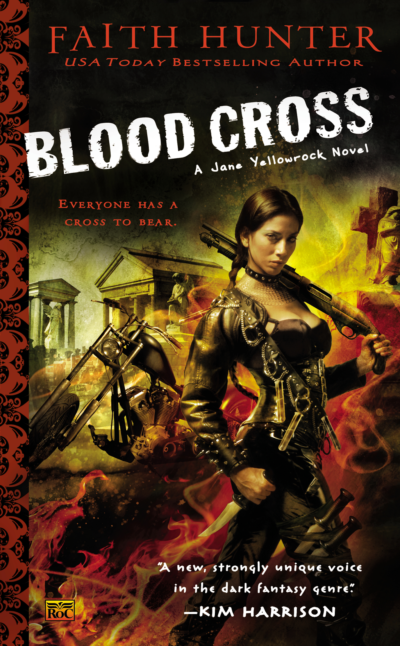
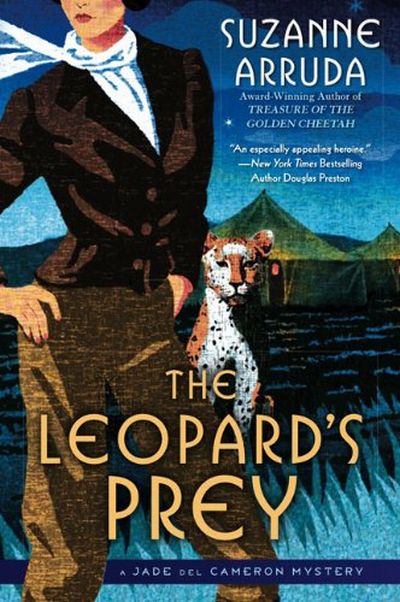
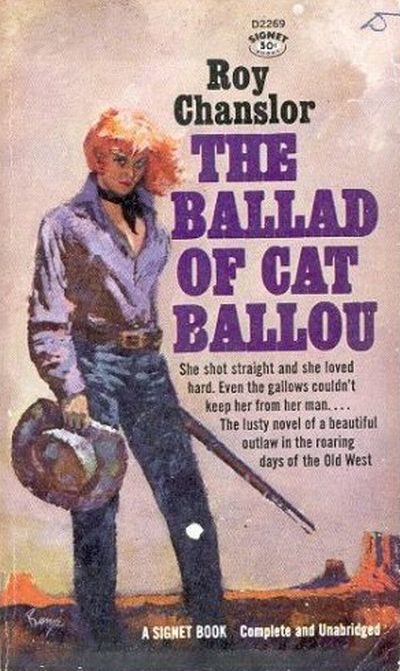



















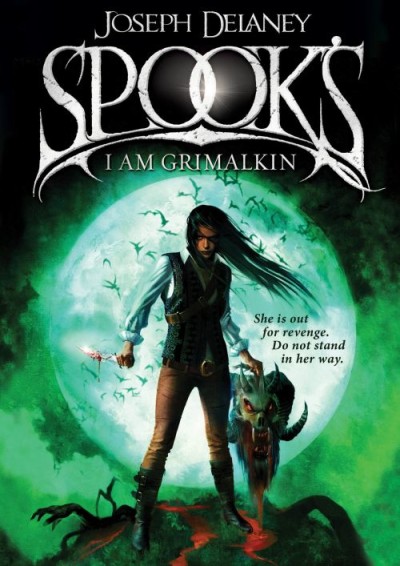 This is the ninth novel in Delaney’s
This is the ninth novel in Delaney’s